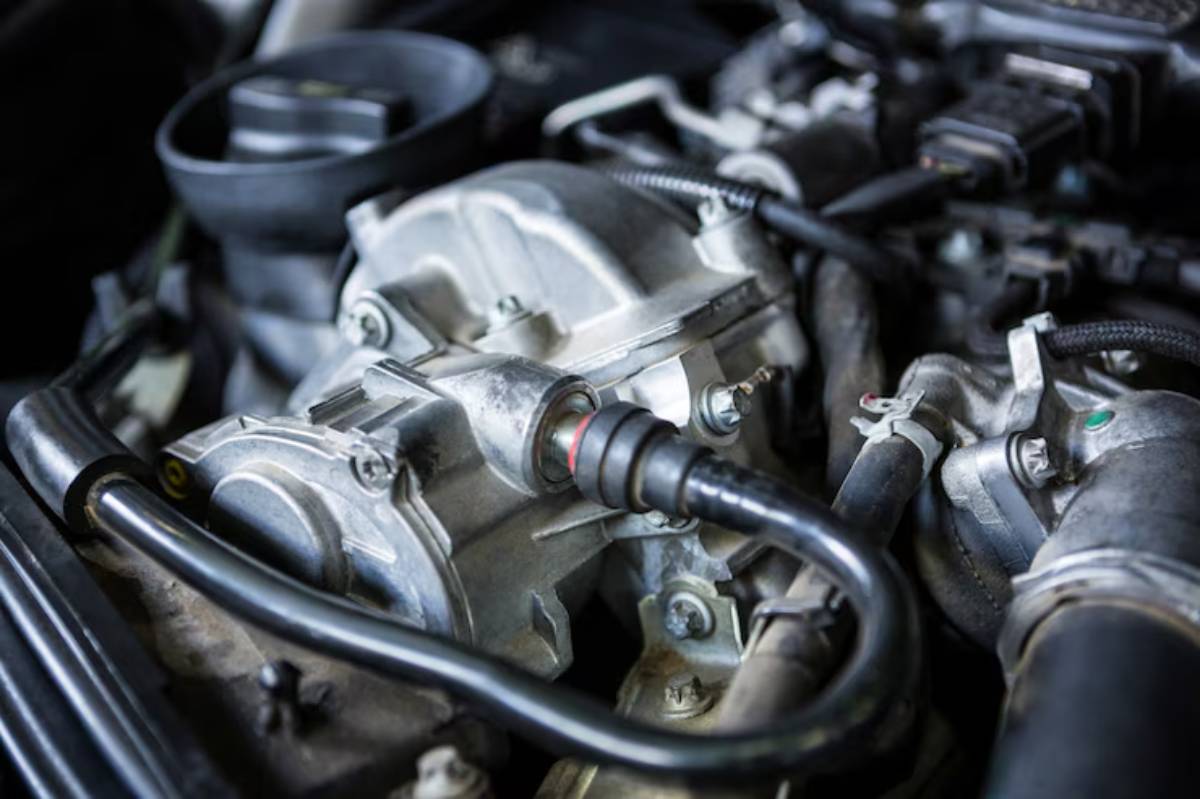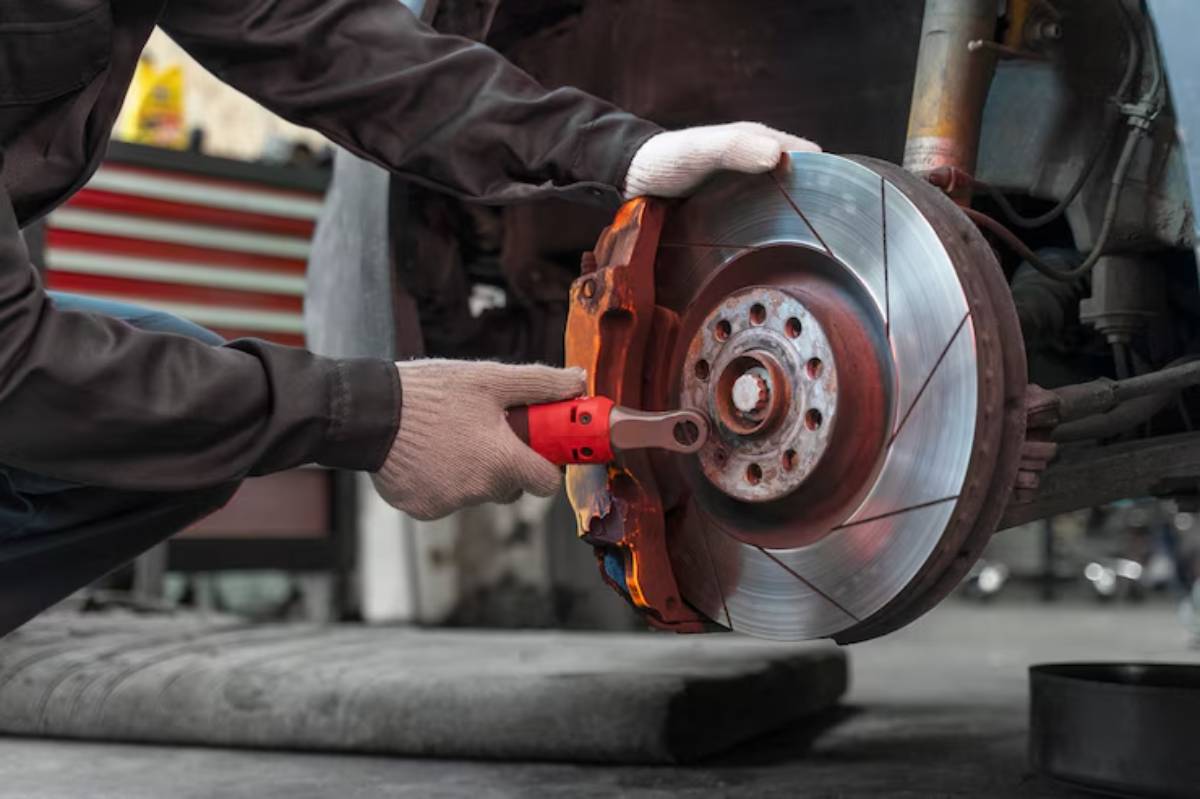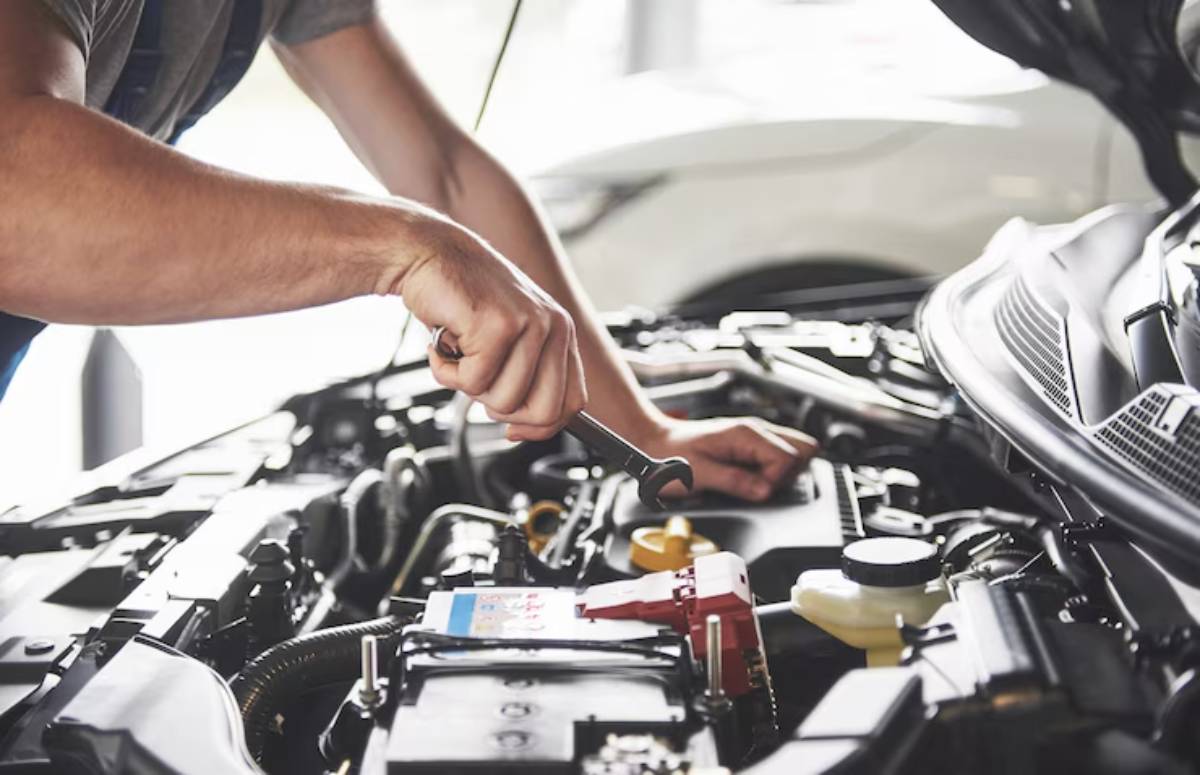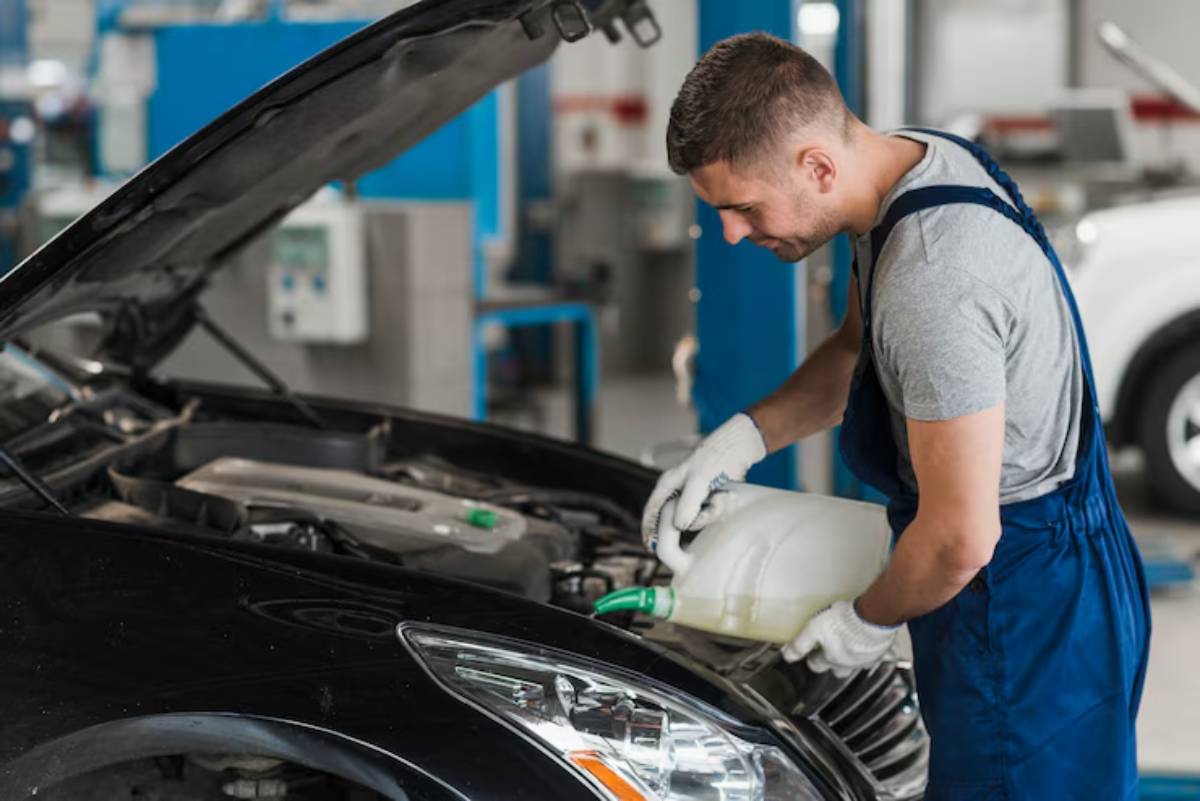
When to Flush and Refill Your Hybrid Coolant
Coolant often gets overlooked in hybrid maintenance. It’s not as flashy as your infotainment system or as obvious as your tyres, but it plays a vital role in keeping your hybrid car cool, efficient, and reliable. If you’ve never thought about flushing your hybrid’s coolant, now’s the time to start.
Hybrid cars have unique cooling demands. They manage both the internal combustion engine (ICE) and the electric drivetrain, meaning they often rely on multiple cooling systems, each with its own maintenance schedule.
So, how do you know when it’s time to flush and refill your hybrid coolant? In this guide, we’ll walk through everything you need to know: signs to look for, manufacturer recommendations, DIY tips, and what happens if you skip this crucial task.
By the end, you’ll have the confidence to maintain your hybrid radiator like a pro, without waiting for warning lights to do the talking.
Why Coolant Maintenance Matters in Hybrid Vehicles
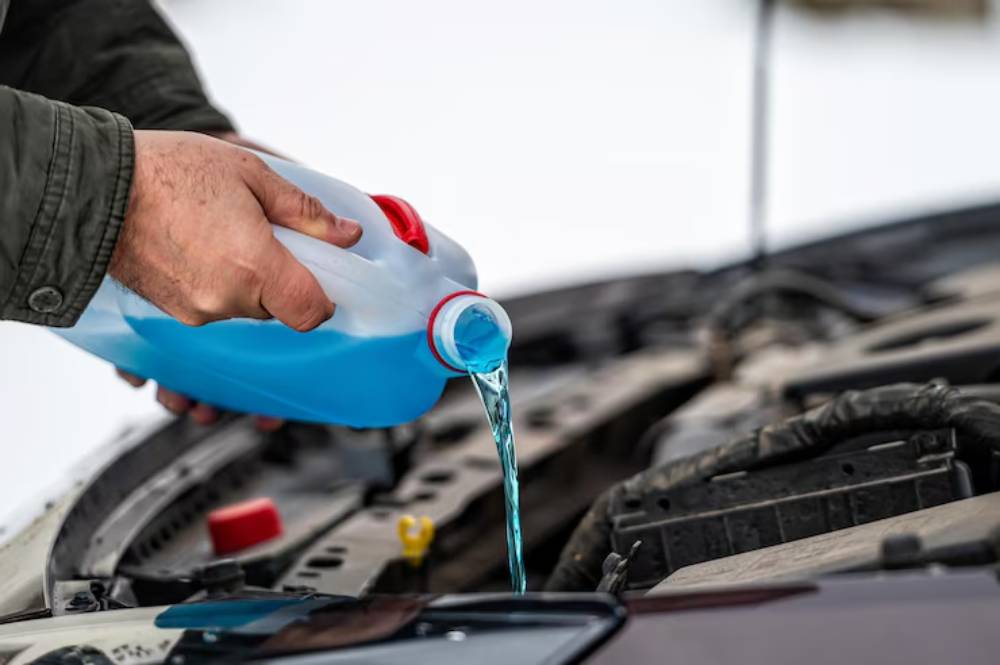
What Coolant Does in a Hybrid
Coolant, also known as antifreeze, regulates temperature in your engine and electric components. It:
- Prevents overheating by absorbing and transferring heat
- Stops freezing in cold conditions
- Protects against corrosion in metal and rubber cooling parts
- Lubricates the water pump to extend its lifespan
In many hybrids, like those from Toyota or Hyundai, you’ll find separate cooling loops—one for the engine and one for the inverter and battery systems.
Neglecting coolant flushes in any of these systems can result in:
- Warped cylinder heads
- Inverter overheating
- Pump failure
- Costly repairs
How Often Should You Flush Hybrid Coolant?
Check Your Owner’s Manual First
Every hybrid is different. Manufacturers have specific guidelines for coolant service intervals. For example:
- Toyota Prius: Inverter coolant every 100,000 miles (160,000 km) or 10 years
- Hyundai Ioniq: Every 120,000 miles or 10 years
- Honda Insight: Engine coolant at 60,000 miles, inverter coolant may vary
If your hybrid is older or exposed to harsh conditions (e.g., lots of stop-and-go driving, towing, or extreme weather), you might need more frequent servicing.
Signs It’s Time for a Coolant Flush
Even if you’re within the mileage window, there are symptoms that can indicate your coolant needs are changing:
- Temperature gauge is creeping up
- Coolant looks rusty, brown, or sludgy
- The coolant reservoir is consistently low
- Sweet or chemical smells from the engine bay
- The heater is not working properly in winter
- The cooling fan is running longer than usual
All of these signs suggest your coolant has broken down and lost its efficiency, or worse, your cooling system maintenance is overdue.
What Happens If You Don’t Flush the Coolant?
Delaying this simple task can create expensive problems. Here’s what can go wrong:
1. Clogged Radiator or Inverter Channels
Old coolant forms deposits and sludge, restricting coolant flow and increasing system pressure. This is particularly dangerous in hybrids, where the inverter channels are narrow and sensitive.
2. Overheating and Power Loss
When heat can’t escape, the engine or inverter will overheat. Most hybrids have safety features that limit performance or shut down altogether when this happens.
You can learn more about what this looks like in practice by reading our guide on signs-of-cooling-system-failure-in-hybrids.
3. Corrosion Damage
Coolant contains additives that prevent rust and corrosion. When those wear out, metal parts degrade, rubber seals crack, and you may end up replacing pumps or radiators prematurely.
How to Flush and Refill Hybrid Coolant
Can You Do It Yourself?
Yes, if you’re comfortable with basic tools and safety precautions. But there are a few hybrid-specific points to remember.
Tools and Supplies You’ll Need
- Hybrid-compatible coolant (check specs!)
- Funnel
- Drain pan
- Gloves and safety goggles
- Distilled water (for flushing or dilution)
- Torque wrench (for some models)
- Jack stands or ramps (if access is limited)
Step-by-Step DIY Coolant Flush
1. Cool Down Completely
Let your hybrid sit for at least 2 hours to cool. You don’t want pressurised, scalding coolant spraying out.
2. Locate the Drain Plug
Open the radiator cap, then find the radiator drain plug underneath. Place the pan beneath and remove the plug.
3. Let It Drain
Allow all coolant to drain out fully. Be patient—some hybrids have two coolant loops that must be drained separately.
4. Flush (Optional but Recommended)
Fill the system with distilled water, then run the engine for 10–15 minutes (or as directed). Drain again.
5. Refill With New Coolant
Use only the hybrid-specific coolant recommended by your manufacturer. Fill slowly and tap the hoses to release air bubbles.
6. Bleed the System
Air pockets can cause poor circulation and overheating. Some hybrids have air bleed valves; others require “burping” the system by squeezing hoses while running the heater.
7. Check Levels Again Later
After your first drive, check levels again. Top up if needed.
What’s Different About Inverter Coolant?
Hybrids like the Toyota Prius have an inverter coolant reservoir separate from the engine. This system cools the electric motor and power control unit.
If you’re flushing this loop, follow the same basic steps—but double-check:
- Coolant type: Often different from engine coolant
- Location of drain and fill ports
- Extra bleeding steps (some require dealer tools)
If it sounds complex, it’s okay to hand it off to a professional. The cost of inverter damage outweighs a service fee.
Professional vs DIY: Which Is Better?
Do It Yourself If…
- You’re mechanically confident
- Your hybrid is out of warranty
- You have the tools and time
Choose a Professional If…
- You’re unsure about bleed procedures
- You drive a newer model still under warranty
- You want a full system inspection included
If you’re torn, consider reading our breakdown on diy-vs-pro-maintenance-whats-best-for-hybrids for a deeper comparison.
Maintaining Coolant Between Flushes
Between scheduled flushes, you should:
- Check levels monthly (before long drives or seasonal changes)
- Top up with the same coolant type only
- Inspect hoses for wear or leaks
- Watch temperature readings—they shouldn’t fluctuate much
- Schedule inspections every 12 months even if no flush is needed
If you’re in colder climates or doing a lot of city driving, these checks are even more important.
Conclusion: Keep Your Cool—and Your Hybrid Healthy
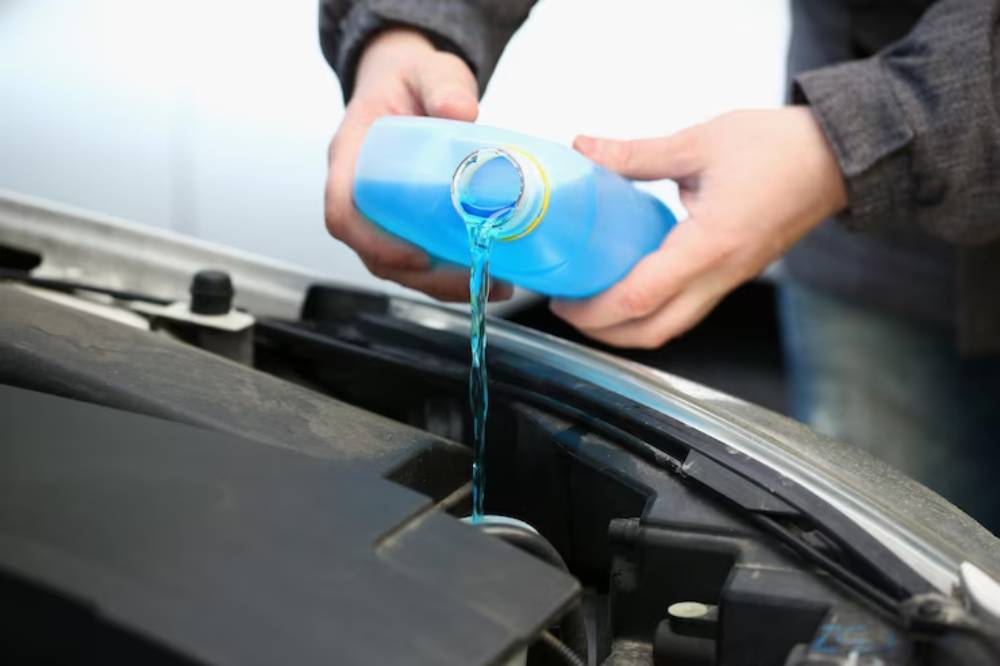
Coolant maintenance may not feel urgent until something goes wrong. But by understanding when to flush your hybrid coolant, you can prevent some of the most common and costly hybrid issues. It’s not just about protecting your radiator—it’s about keeping the whole cooling system running smoothly, from engine to inverter.
So here’s your reminder: Don’t wait for a warning light or a breakdown. Pop the bonnet, check your levels, and review your service history today. Whether you DIY it or book a service, you’ll be extending your hybrid’s life and improving its efficiency.
